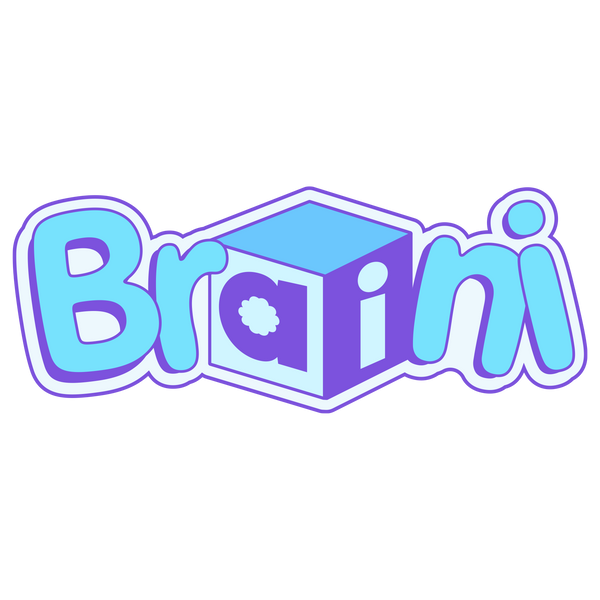Teaching AI the Right Way: How Braini Aligns with Global Standards
Share
Introduction
AI is one of the most important skills for the future. But teaching children about AI isn’t just about making it fun or gamifying it, it’s about making sure they learn it the right way. Parents and educators often ask:
How can we be sure kids are learning AI in safe, ethical, and globally approved ways?
At Braini, we’ve built our AI learning products to follow international standards set by UNESCO and the OECD. This means children not only learn what AI is, but also how to think about it responsibly, inclusively, and creatively.
Why Standards Matter in AI Learning for Kids
Not all AI education is equal. Some tools focus only on coding or basic technical tasks, while others ignore big questions about fairness, ethics, and inclusivity.
Global organizations like UNESCO and the OECD provide frameworks to ensure that AI education:
- Builds critical thinking about how AI works.
- Emphasizes ethics, responsibility, and safety.
- Encourages diverse and inclusive perspectives.
- Prepares kids for future skills and jobs.
By following these frameworks, Braini helps parents and teachers feel confident that children are learning about AI in good, meaningful ways, not just “playing with tech.”
Braini’s Approach to Teaching AI Responsibly
1. Human-Centered & Ethical AI Education
UNESCO stresses that AI learning must teach children about human agency, safety, and ethics (UNESCO, 2023).
Braini introduces AI concepts through age-appropriate stories, activities, and games that highlight:
- How AI makes decisions.
- Why fairness and bias matter.
- The importance of human oversight.
This way, kids see AI not as “magic,” but as a tool with responsibilities.
2. Inclusive, Multilingual & Culturally Relevant
UNESCO and OECD stress that AI education should avoid reinforcing inequalities and be accessible to all children (OECD, 2023).
At Braini, we:
- Provide bilingual content (native language + foreign language).
- Ensure activities are simple enough to use even in low-tech environments.
This makes AI learning fair, inclusive, and relatable.
3. Building Future-Ready Skills, Not Just Tech Knowledge
Both UNESCO and the OECD highlight that AI education should prepare kids to be critical thinkers and problem-solvers, not just passive tech users (UNESCO, 2023).
Braini’s games and activities encourage:
- Problem-solving: Kids practice trial and error, resilience, and creative thinking.
- Ethical awareness: Children discuss questions like, “Is this AI decision fair?”
- Innovation mindset: Kids imagine how AI can solve real-life problems in their communities.
This ensures they grow up seeing AI as a tool for good, not just a gadget.
Braini’s Alignment with UNESCO & OECD Principles
Here’s how Braini checks against global standards:
|
Global Principle |
What It Means |
Braini’s Action |
|
Ethical & Human-Centered |
AI should respect human agency and safety |
Kids learn about fairness, bias, and human oversight |
|
Inclusive & Fair |
Avoid language/cultural bias |
Bilingual, culturally adapted content |
|
Accessible |
Reduce the digital divide |
Low-bandwidth, child-friendly design |
|
Supportive of Educators |
Teachers/parents stay in control |
Guides, resources, flexibility in lessons |
|
Future-Focused |
Prepares for skills & jobs of tomorrow |
Problem-solving, creativity, critical AI thinking |
Conclusion
Teaching kids about AI isn’t just about giving them a head start in technology. It’s about shaping responsible, ethical, and creative future leaders.
By following UNESCO and OECD global standards, Braini ensures that every child who learns with us is not only gaining AI knowledge, but also learning to use it wisely, fairly, and inclusively.
With Braini, parents and educators can trust that AI learning is done the right way, turning curiosity into future-ready confidence.
References
- UNESCO. (2023). Guidance for generative AI in education and research.
- OECD. (2023). OECD Digital Education Outlook 2023.


